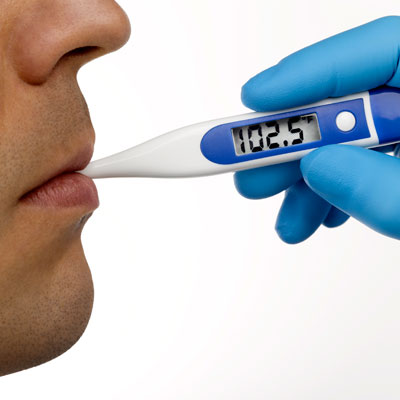
Chronic obstructive pulmonary disease (COPD) is a common problem—24 million people in the U.S. are thought to have it—but few people have a grasp of what it is.
In fact, half of the people who have COPD don’t even know it. Why? COPD symptoms can creep up gradually or be mistaken for something else, such as a cough, allergies, cold, flu, or other less serious ailments.
If you have COPD, you have emphysema or chronic bronchitis, or—most often—both. Read on to find out more about the symptoms of COPD.
Shortness of breath
In technical terms, this is called dyspnea. In real life, you may feel shortness of breath that gets worse during exercise or exertion.
With time, people with COPD can struggle to catch their breath even when getting dressed or doing other daily activities.
The difficulty comes from a lack of flexibility in the lungs and an inability to compress the lungs enough to expel air, says Jeffrey D. Cirillo, PhD, of the Texas A&M Health Science Center College of Medicine in College Station.

Coughing
A chronic cough, which you first attribute to a cold or other minor condition, can be an early sign of COPD. Unlike other coughs, however, it doesn’t go away—or go away for long.The coughing is a sign your body is trying to move mucus out of the lungs or reacting to irritants.
This symptom, like others, might actually improve initially with some kind of treatment, but it doesn’t get better over the long term, Cirillo said.
Coughing up phlegm (also known as sputum or mucus) is a common symptom of COPD.
Excess phlegm
Even healthy people produce mucus to keep the airways moist. But in COPD, too much mucus is produced, and it can act like a spider’s web, trapping smoke, bacteria, or other particles that would normally be expelled.Clear-colored sputum is most common, but sputum that turns deep yellow, green, brown, or red or is blood-tinged probably could mean that the lungs have an infection.
Wheezing
When the airways narrow (from too much mucus or other problems), the air trying to force its way in or out of the lungs can cause a whistling sound, known as wheezing.
“One of the measures of COPD that people use frequently is wheezing, so it feels like the lungs are making a noise when they’re breathing,” Cirillo explains.
Chest pain is another symptom that can affect people with COPD.
“It can arise because of the effort involved in breathing, so you get sore,” Cirillo says. “It’s also the inability to exhale. The chest can’t really relax.” Coughing really hard can also strain the chest muscles.
Chronic bronchitis
Chronic bronchitis, an inflammation of the lining of the bronchial tubes, is a type of COPD. The symptoms include a chronic cough that produces phlegm or mucus.
While similar to chronic bronchitis, acute bronchitis doesn’t last as long and won’t necessarily recur. The chronic form of the condition, on the other hand, lingers for months and will often come back.
Excess mucus can allow bacteria to flourish in the lungs. If this occurs, chronic bronchitis symptoms can include a mild fever and chills.
Lung infections
People with COPD are highly vulnerable to lung infections, whether viral or bacterial.
You should get an annual flu shot and any other vaccines that protect against respiratory infections.
The H1N1 vaccine and the regular seasonal flu vaccine can be taken in one shot, making it that much simpler to protect your health. Pneumovax vaccine is also recommended, because it protects against the types of bacteria that are the common causes of pneumonia.
Fatigue
Feeling tired is a common problem with COPD, mainly because the body has to work so much harder to breathe.One study, in the journal Chest, found that COPD patients who complained of being tired tended to have worse lung function and, not surprising, a reduced ability to exercise.
Fever
People with COPD may experience a fever, but not that often. Generally fevers are associated with infectious diseases, says Cirillo.
Smoking is the most common cause of COPD, not a bacteria or virus.
However, COPD can increase the risk of lung infections, which can bring on a higher-than-usual body temperature.

health.com














































